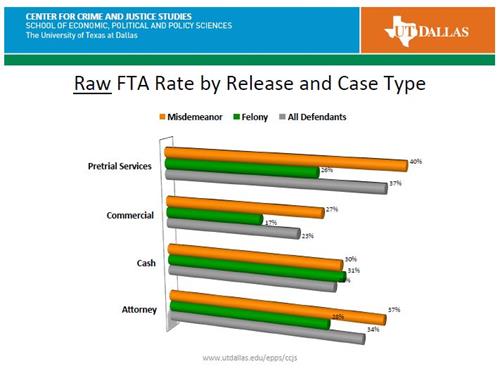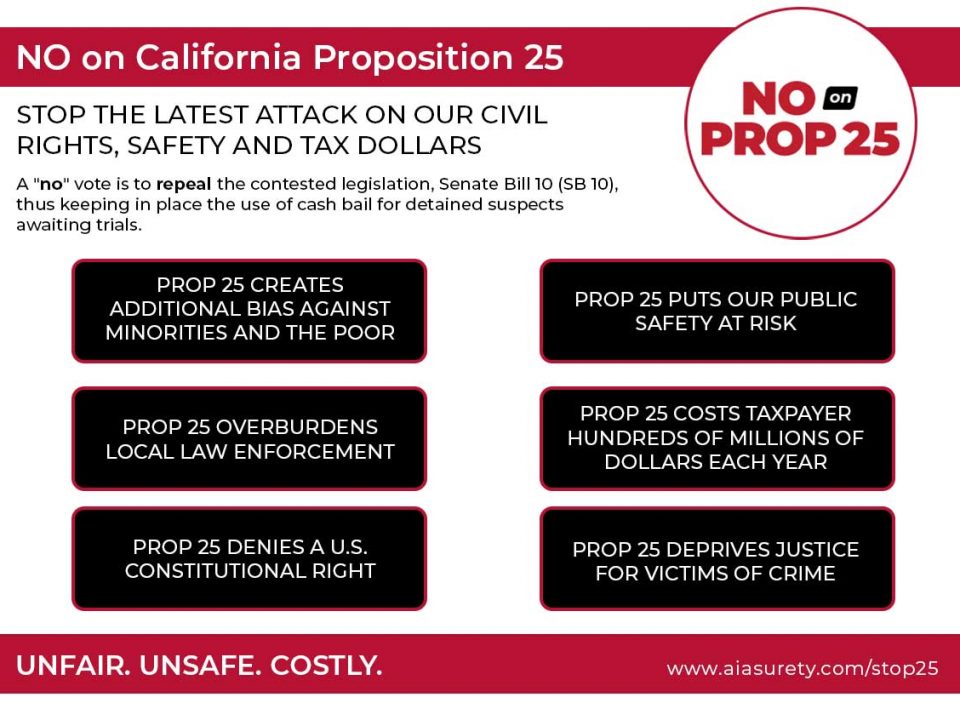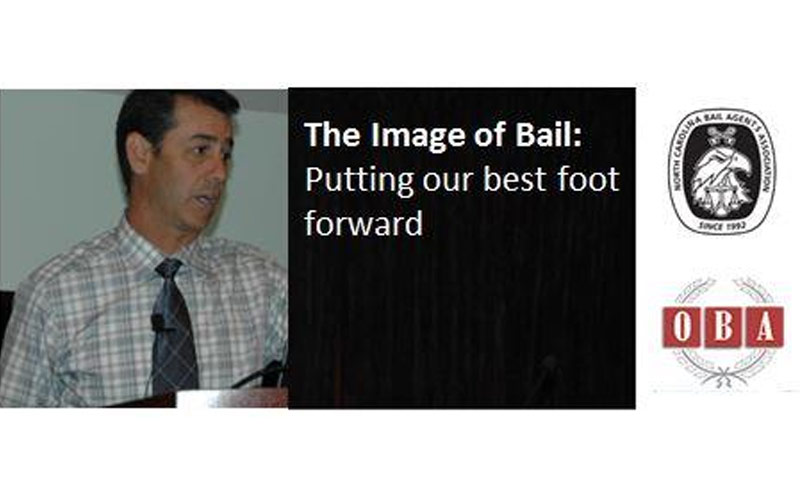- Need a bail bond?
- (800) 938-2245
- [email protected]
Commercial Bail Bonding: Ensuring Accountability, Ensuring Justice
THE NATION'S LARGEST BAIL BOND NETWORK
(800) 938-2245

FIND A LOCAL BAIL BOND AGENT NOW
The ExpertBail Network is comprised of the industry’s best, most experienced and most trusted bail bond agents.
- Nationwide bail bonds. Anywhere. Anytime.
- Largest network of local bail agents in every state bail can be written.
- Raising the standards in the bail industry.
- Fast and Reliable.
- Se Habla Español.

When a judge sets bail for a defendant, that judge is looking at a variety of factors. They have to assess whether or not the person in question is a potential flight risk (in other words…are they going to show up for court or are they going to take off) and whether the person is a danger to the community. Once these two factors have been considered along with other variables having to do with the nature and severity of the offense, the judge sets a bail amount and in many cases recommends the type of release mechanism to be used. The ultimate goal is to put together the most effective release package (bail requirements) possible that best ensures the defendants appearance in court.
In Dallas County, Texas, there are four types of release mechanisms available for judges to choose from. These include Pretrial Service Bonds, Cash Bonds, Commercial Surety Bonds and Attorney Bonds. So which mechanism is the most effective at getting defendants back to court? That is a great question and one that was recently answered in a study by the University of Texas at Dallas. They study, entitled, Pretrial Release Mechanisms in Dallas County, Texas: Differences in Failure to Appear (FTA), Recidivism/Pretrial Misconduct, and Associated Cost of FTA, was the first of its kind as it examined each release mechanism and not only assessed its effectiveness in getting defendants back to court, but also determined a cost if the defendant failed to appear. The below chart sums up the results of the survey.
As you can see, commercial was found to be the most effective form of release across the board. Regardless of the type of offense (misdemeanor or felony), in each case commercial bail had the lowest failure to appear rates amongst the various mechanisms for release. What this translates to is lower costs for the county to the tune of over $11 Million.
If you would like a copy of the study, please email [email protected] or visit the University of Texas at Dallas, Center for Crime and Justice Studies and download it there.
Posted by: Eric Granof

Girls Gone Wild Joe Gone to Jail
August 28, 2013
Bail Bonds and Arrows: Shooting a Joint into the Joint
August 29, 2013Commercial Bail Bonding: Ensuring Accountability, Ensuring Justice

When a judge sets bail for a defendant, that judge is looking at a variety of factors. They have to assess whether or not the person in question is a potential flight risk (in other words…are they going to show up for court or are they going to take off) and whether the person is a danger to the community. Once these two factors have been considered along with other variables having to do with the nature and severity of the offense, the judge sets a bail amount and in many cases recommends the type of release mechanism to be used. The ultimate goal is to put together the most effective release package (bail requirements) possible that best ensures the defendants appearance in court.
In Dallas County, Texas, there are four types of release mechanisms available for judges to choose from. These include Pretrial Service Bonds, Cash Bonds, Commercial Surety Bonds and Attorney Bonds. So which mechanism is the most effective at getting defendants back to court? That is a great question and one that was recently answered in a study by the University of Texas at Dallas. They study, entitled, Pretrial Release Mechanisms in Dallas County, Texas: Differences in Failure to Appear (FTA), Recidivism/Pretrial Misconduct, and Associated Cost of FTA, was the first of its kind as it examined each release mechanism and not only assessed its effectiveness in getting defendants back to court, but also determined a cost if the defendant failed to appear. The below chart sums up the results of the survey.
As you can see, commercial was found to be the most effective form of release across the board. Regardless of the type of offense (misdemeanor or felony), in each case commercial bail had the lowest failure to appear rates amongst the various mechanisms for release. What this translates to is lower costs for the county to the tune of over $11 Million.
If you would like a copy of the study, please email [email protected] or visit the University of Texas at Dallas, Center for Crime and Justice Studies and download it there.
Posted by: Eric Granof



